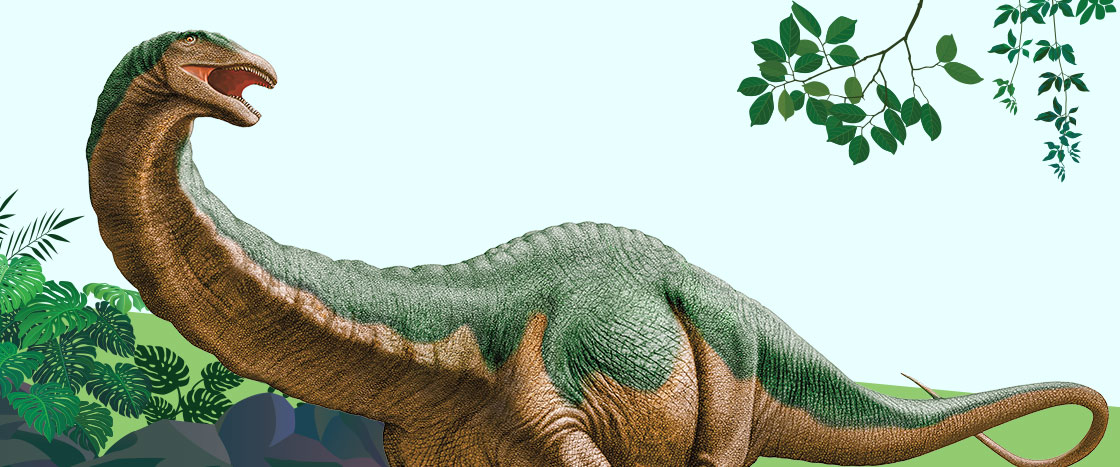Look at that big, long neck. This dino was as long as two school buses. Wow!
THINK AND WRITE
Compare the dinos with this skill builder!

Apatosaurus
(uh-pa-tuh-SOR-rus)
ISTOCKPHOTO/GETTY IMAGES
Look at that big, long neck. This dino was as long as two school buses. Wow!
What did the big dino eat? It was an herbivore. That means it ate plants. It munched on tree leaves.
SHUTTERSTOCK.COM
This dino walked on four legs. It was slow.
But predators didn’t bother it. It was just too huge!
Compsognathus
(komp-SOG-nu-thus)
DOTTED ZEBRA/ALAMY STOCK PHOTO
ISTOCKPHOTO/GETTY IMAGES
Look at that little body. This dino was as small as a chicken. But it was fierce!
What did the little dino eat? It was a carnivore. That means it ate meat. It hunted for little lizards and bugs.
DOTTED ZEBRA/ALAMY STOCK PHOTO
This dino ran fast on two legs. It was speedy. It could run away from scary hunters.
More About the Article
Opinions
Comparing
Read-Aloud
Writing Block
1. BEFORE READING
Preview Vocabulary (3-5 minutes)
Set a Purpose for Reading and Preview the Article (7-10 minutes)
2. READ THE PAIRED TEXTS (15-30 MINUTES)
ELA Focus: Compare and Contrast (15 minutes)
Writing Focus: Opinion Writing (20 minutes)
ELA Focus: Compare and Contrast (15 minutes)